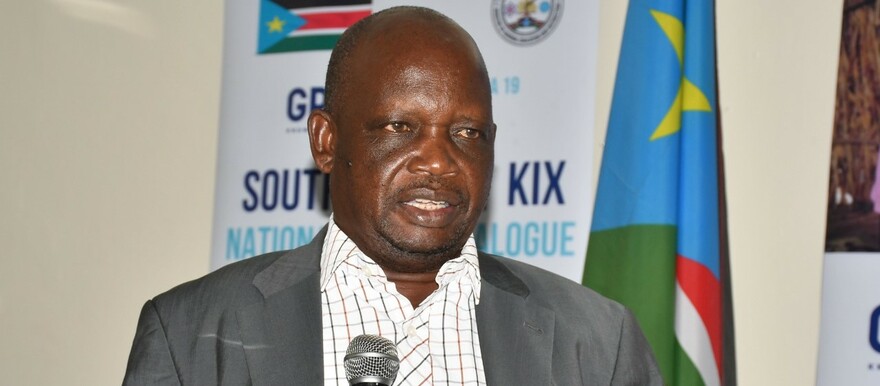An official at the Ministry of General Education and Instruction has blamed the scarcity of secondary schools in some counties for the poor enrolment of girls in post-primary education.
Speaking during a one-day national dialogue on education organized by the education ministry and partners, George Mogga, the director general in charge of planning and budgeting in the Ministry of General Education and Instruction, revealed that up to 14 counties in South Sudan have no single secondary school making it difficult for girls to enroll.
“In South Sudan, secondary schools are not well spread, and up to now we have about 14 counties without a single secondary school. So, how do you think the girls, after finishing primary school, will find a place in a secondary school if it is not there?” he asked. “How many of them (girls) can leave that area and come to Juba or go to Wau or Bor? Only a few. Boys can venture but for the girls, it is very difficult.”
He revealed that primary and secondary school proportion in South Sudan is not equitable making it very difficult for some learners, especially girls, to have access to secondary education.
“There are only a few secondary schools. We have over 500 secondary schools against around 7,000 primary schools so what will be the equation? In other countries, every three primary schools has one secondary school but in our country, we were propagating for every six primary schools to have one secondary school but we have not achieved it,” he said. “Even the 500 secondary schools are mostly in the densely populated areas like Juba where you can find over 100 secondary schools and then other areas have 10 or 15 secondary schools but many counties of South Sudan have only one or two which are not enough. 14 counties have no secondary school.”
According to Mogga, the lack of secondary schools in some areas puts the enrolment of girls at 2 percent in rural areas while the enrolment in urban areas is at 30 percent.
The official revealed that the counties that do not have secondary schools are mostly in Greater Upper Nile and Greater Bahr el Ghazal regions.




